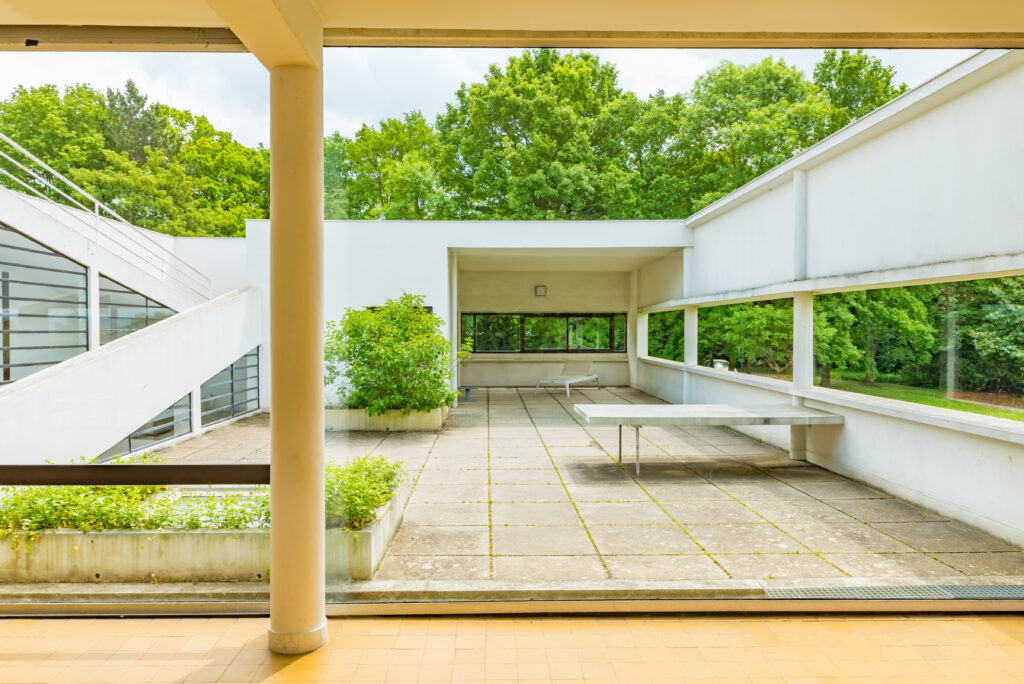Intersection of Lighting Design and Wellbeing
Design Dialogue: Exploring Trends in the Design and Architectural Industry
Last week, we explored the significance of natural light in architectural design, highlighting its role in creating biophilic spaces that promote well-being and productivity. Natural light, often referred to as the “golden standard” in lighting design, mimics the dynamic qualities of the sun, influencing our circadian rhythms and overall health positively. Architects utilize strategies such as strategically placed windows, skylights, and light wells to maximize access to natural light, fostering environments that inspire vitality and focus.
In the realm of architecture and interior design, light holds a significant role, not just as a functional necessity, but as a profound influencer of our well-being. Dr. Andrew Huberman, in his enlightening podcast series, “The Huberman Lab Podcast,” delves into the significance of natural light for our mental and physical health. Inspired by his insights, let’s explore the transformative potential of backlighting in interior design and its parallels to the benefits of natural light.
Natural light, as Dr. Huberman explains, plays a vital role in regulating our circadian rhythms and enhancing our overall well-being. Similarly, strategically implemented backlighting can emulate the effects of natural light, fostering inviting and productive environments. Just as Le Corbusier, Swiss-French Architect and Designer, masterfully integrated large windows and skylights into his architectural designs, contemporary designers can harness the power of backlighting to create dynamic and visually appealing spaces.

Interiors of the Villa Savoye Designed by Le Corbusier
Backlighting, in essence, involves positioning light sources behind objects or architectural elements to create depth, enhance visual interest, and evoke a sense of warmth and comfort. Much like the soft illumination of morning sunlight, well-executed backlighting can mitigate glare and create a balanced ambiance conducive to relaxation and focus.
One of the primary benefits of backlighting is its ability to highlight architectural features and fill spaces with a sense of drama and dimension. Just as Le Corbusier manipulated light and shadow to accentuate his designs, modern interior designers can utilize backlighting to accentuate textures, emphasize focal points, and delineate spatial boundaries.
Backlighting offers practical advantages similar to those of natural light. By strategically placing light sources, designers can minimize energy consumption, reduce reliance on artificial lighting during daylight hours, and create sustainable living environments. Additionally, backlighting can mitigate the harsh contrasts and shadows often associated with direct lighting, promoting a more comfortable and visually pleasing atmosphere.

1201 Louisiana in Total Plaza | Houston, TX | GPI Design
Incorporating backlighting into interior design requires a thoughtful approach. Designers must consider factors such as the orientation of the space, the intended use of the room, and the desired mood and ambiance. By carefully balancing the intensity and placement of backlighting fixtures, designers can create spaces that adapt seamlessly to the changing needs and preferences of occupants.
Furthermore, like morning sunlight entry, backlighting a surface such as natural stone, glass, resins, artwork, and more can contribute to a healthier indoor environment by reducing reliance on artificial lighting and promoting a connection to the natural world. Studies have shown that exposure to natural light, or light that simulates its qualities, can improve mood, enhance cognitive function, and facilitate better sleep patterns. By integrating backlighting into interior spaces, designers can emulate the benefits of natural light, fostering environments that promote well-being and productivity.
In conclusion, just as natural light serves as a cornerstone of architectural design, backlit stone, art, glass, resin, fabrics, etc. offer a versatile and impactful tool for interior designers. By harnessing the power of backlighting, designers can create spaces that are not only visually stunning but also conducive to mental and physical well-being. Whether evoking the soft glow of morning sunlight or accentuating architectural details with dramatic flair, backlighting has the potential to transform ordinary spaces into extraordinary experiences.
